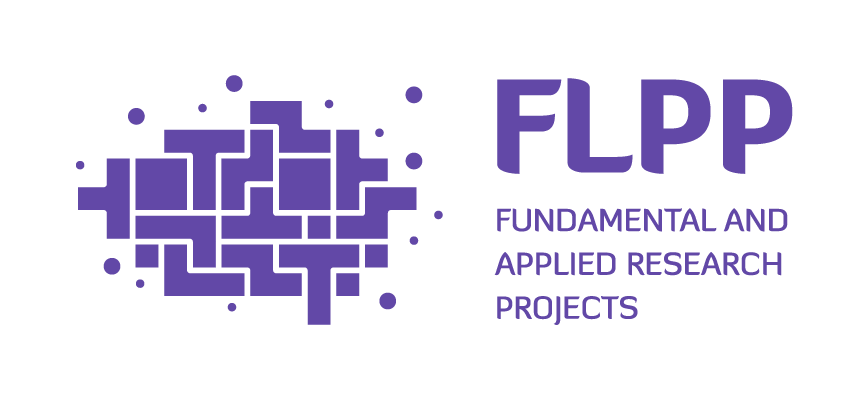Sustainable peatlands strategies for restoration of peat extraction sites
Peat is still used in many fields, from energy sources to fertilizer substrates. Latvia is one of the European states with the highest percentage of relative cover of peat and peat-topped soils with an extraction value of 1.2 million tons representing 31% of horticultural peat used in the EU. However, it has been since 1980 when the question of whether the use of peat in horticulture is sustainable was brought up, particularly for the problems associated with the impact on natural habitats and land-based carbon. For these reasons, peat extraction is banned in many EU countries, but substrates with peat are still available on the market in large quantities. Therefore, analysing the potential future reconversion and restoration strategies on extractive peatlands is essential to minimize the reconversion impacts. In this case, a holistic and interdisciplinary approach should be implemented, accounting for ecological balance, substrate properties, future resource availability, economic and social impacts, and risks. Therefore, this project aims to evaluate peatland restoration and remediation strategies in extraction sites from a sustainability perspective, including environmental, social and economic perspectives. In cooperation with Latvian peat producers for horticulture products, a Life Cycle Sustainability Assessment approach will be implemented to find which are viable alternatives and solutions for the sustainable peatland transition.
PROJECT FUNDED BY:
Latvia’s state budget Fundamental and Applied Research Project
Project No. lzp-2022/1-0405
PROJECT DURATION:
January 1, 2023 – December 31, 2025
PROJECT BUDGET:
300 000,00 EUR
SCIENTIFIC LEADER OF THE PROJECT:
Francesco Romagnoli
PUBLISHED:
20.02.2023




